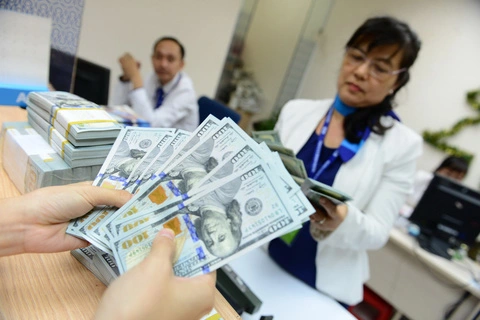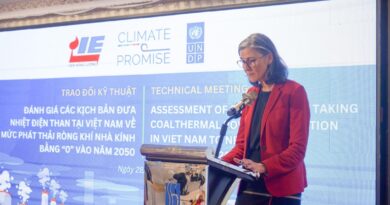Vietnam Doesn’t Manipulate Currency: US Treasury
Vietnam did not manipulate the exchange rate between the Vietnamese dong and the US dollar to prevent effective balance of payment adjustments or gain an unfair competitive advantage in international trade in the four quarters leading up to December 2023, according to a recent report by the US Department of the Treasury (USDT).

The report on the macroeconomic and foreign exchange policies of major US trading partners, released last week, noted that while some trading partners with current account surpluses, including Singapore, Vietnam, and potentially China, did purchase foreign currency over these four quarters, they did not meet the criteria for manipulating their exchange rates to prevent effective balance of payments adjustments or to gain an unfair competitive advantage.
“In the case of Vietnam, foreign exchange purchases were modest and aimed at reaccumulating some of the more than $20 billion in reserves sold in 2022,” the report stated.
USDT reviewed the 20 largest US trading partners against the thresholds established in the 2015 Act, which include: a significant bilateral trade surplus with the US of at least $15 billion in goods and services; a material current account surplus of at least 3% of GDP; and persistent, one-sided intervention, defined as net purchases of foreign currency repeatedly over at least 8 out of 12 months, totaling at least 2% of GDP over a 12-month period.
The report concluded that no major trading partner met all three criteria during the four quarters ending December 2023, so no enhanced analysis is required. However, some countries, including Vietnam, remain on the monitoring list for having a significant bilateral surplus and a material current account surplus.
This year’s monitoring list includes China, Japan, Taiwan (China), Malaysia, Singapore, Vietnam, and Germany. All except Japan were on the monitoring list in the November 2023 report.
The USDT has a monitoring list for major trading partners whose currency practices and macroeconomic policies require close attention. A trading partner is placed on the list if it meets two of the three criteria in the 2015 Act. Once on the list, an economy remains there for at least two consecutive reports to ensure that improvements in performance are durable rather than temporary. Additionally, the USDT retains on the list any major US trading partner that accounts for a large and disproportionate share of the overall US trade deficit, even if it does not meet two of the three criteria from the 2015 Act.


